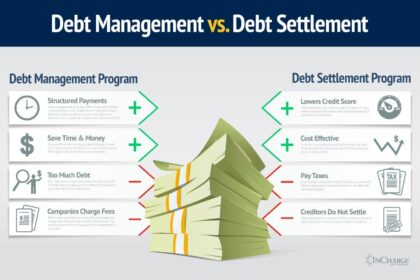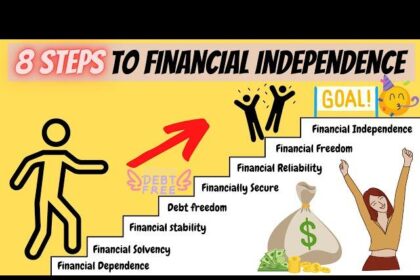In a world where the weight of debt can often feel like an anchor, dragging us down into a sea of stress and uncertainty, the pursuit of financial freedom emerges as a beacon of hope. The journey to becoming debt-free is not merely a financial endeavor; it is a transformative experience that shapes our perspectives on money, priorities, and ultimately, our sense of self. As we navigate this winding path, filled with challenges and triumphs, we uncover valuable lessons about discipline, sacrifice, and resilience. In this article, we will explore the varied steps and strategies that individuals undertake on their own debt-free journeys, shedding light on the triumphs that await those who dare to take control of their financial destiny. Join us as we delve into the stories, insights, and practical advice that can guide anyone ready to embrace a future unburdened by debt.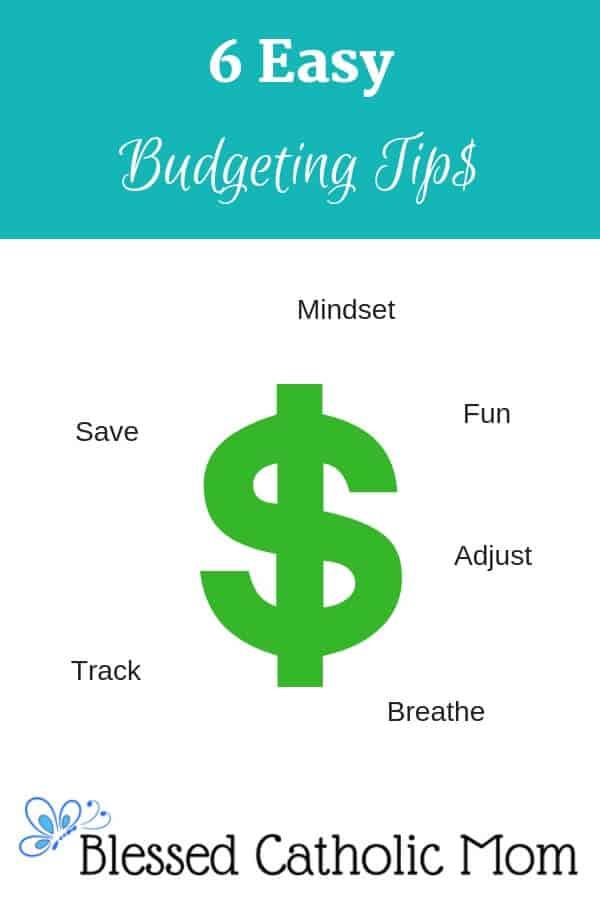
Budgeting Tips
Embarking on a debt-free journey requires a robust budgeting strategy to steer your financial ship. Start by tracking your expenses meticulously to identify where your money is going each month. This will allow you to pinpoint unnecessary expenses and redirect those funds toward paying off debt. Implement the 50/30/20 rule, which allocates 50% of your income to needs, 30% to wants, and 20% to savings and debt repayment. This straightforward approach creates a balanced budget, ensuring that you’re still able to enjoy life while tackling your financial goals.
Using financial tools and apps can significantly simplify the budgeting process. These resources help automate tracking and provide insights into spending patterns. Additionally, consider creating a sinking fund for irregular expenses so you’re not caught off guard. Below is a simple table illustrating how you might allocate funds for your sinking fund:
| Expense Type | Monthly Contribution | Total by Year End |
|---|---|---|
| Home Repairs | $50 | $600 |
| Car Maintenance | $40 | $480 |
| Vacation Fund | $100 | $1,200 |
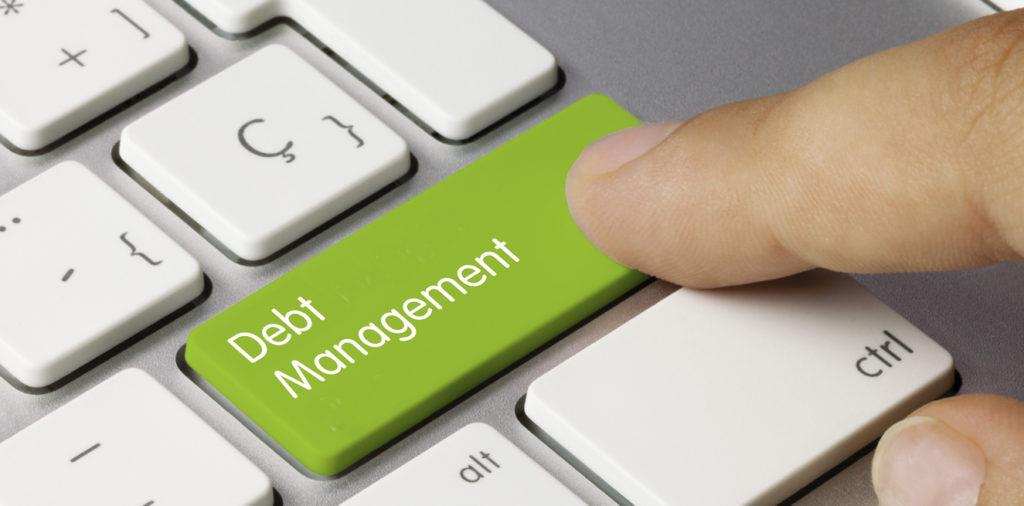
Debt Management
Embarking on a debt-free journey requires a structured approach to manage existing debt effectively. Start by evaluating your financial landscape; gather all your outstanding debts, and create a clear picture of what you owe. Prioritize them by interest rates and balance amounts. Use the debt avalanche method to focus on the highest interest debts first, or the debt snowball technique to tackle the smallest balances for quick wins. To aid in this process, consider the following strategies:
- Budget Creation: Establish a monthly budget that allocates funds specifically for debt repayment.
- Expense Tracking: Monitor your spending habits to identify areas where you can cut back.
- Emergency Fund: Maintain a small emergency fund to avoid additional debt in case of unexpected expenses.
Staying organized is crucial. Creating a simple table can help you track your progress and maintain motivation. Here’s a sample template to get you started:
| Debt Type | Balance | Interest Rate | Monthly Payment |
|---|---|---|---|
| Credit Card | $1,500 | 18% | $150 |
| Personal Loan | $3,000 | 10% | $100 |
| Car Loan | $5,000 | 7% | $200 |
Regularly review this table to celebrate your progress as you pay down each debt. Understanding your financial obligations and having a clear plan will empower you to make informed decisions, leading to a smoother path towards financial freedom.

Saving for Retirement
As you embark on your debt-free journey, it’s crucial to also focus on building a nest egg for the future. might seem daunting, especially if you’re juggling existing debts, but prioritizing this goal can lead to greater financial security down the line. Consider setting aside a small percentage of your income each month. This can be accomplished by:
- Establishing a Retirement Account: Whether it’s a 401(k), IRA, or any other retirement plan, make sure to contribute regularly.
- Employer Matches: If your employer offers a match on 401(k) contributions, aim to maximize this benefit—it’s essentially free money!
- Automating Savings: Set up automatic transfers to your retirement accounts to ensure you consistently save without thinking.
The earlier you start saving, the more time your money has to grow through compound interest. To keep yourself on track, create a simple table to monitor your retirement savings goals:
| Age | Savings Goal |
|---|---|
| 25 | $50,000 |
| 35 | $150,000 |
| 45 | $300,000 |
| 55 | $500,000 |
Creating and sticking to these goals not only keeps you accountable but also provides a clear path toward a secure retirement.

Emergency Fund Planning
Building an emergency fund is a vital step on your path to financial freedom, especially when striving for a debt-free life. This fund acts as your financial safety net, providing you peace of mind and a cushion against unforeseen expenses, such as medical emergencies, car repairs, or job loss. Start by determining a target amount that will cover at least three to six months’ worth of living expenses. This figure can vary based on your personal circumstances, but having a clear goal will keep you motivated. Consider these approaches to kickstart your fund:
- Set a monthly savings goal to contribute towards your fund.
- Automate your savings by setting up a direct deposit into a dedicated savings account.
- Cut non-essential expenses temporarily to accelerate your saving process.
Once your emergency fund is established, it’s crucial to keep it accessible yet separate from your daily spending account. This ensures you’re not tempted to dip into it for frivolous reasons. If you’re worried about how to manage or grow your savings, consider exploring high-yield savings accounts or a money market fund. Below is a simple overview of different types of savings options you might consider:
| Type of Savings | Pros | Cons |
|---|---|---|
| High-Yield Savings Account | Higher interest rates | Limited access to funds |
| Money Market Account | Check-writing privileges | Higher minimum balance required |
| Regular Savings Account | Easy access | Lower interest rates |
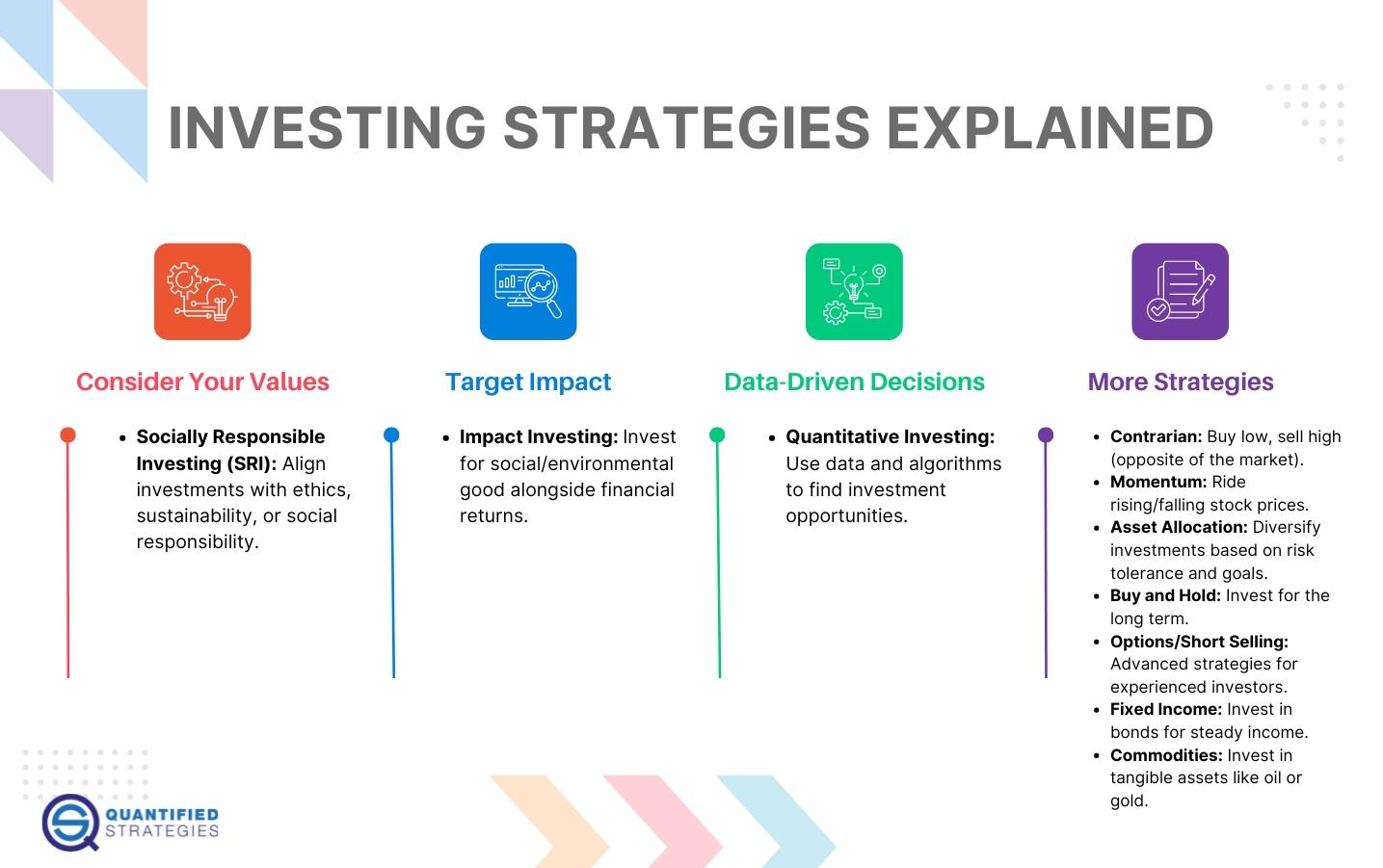
Investment Strategies
Embarking on a journey to financial freedom requires more than just eliminating debt; it involves cultivating smart that can enhance your wealth over time. A well-crafted investment plan can not only safeguard your finances but also create opportunities for growth. Consider the following approaches:
- Diversification: Spread your investments across different asset classes to reduce risk and increase potential returns.
- Dollar-Cost Averaging: Invest a fixed amount regularly to mitigate market volatility and benefit from price fluctuations.
- Index Funds and ETFs: These low-cost investment vehicles allow broad market exposure and are an excellent choice for long-term growth.
- Emergency Fund: Maintain a safety net that covers at least 3-6 months of living expenses before aggressively investing.
To illustrate how different investment vehicles can fit into your financial plan, here’s a simple comparison table:
| Investment Type | Risk Level | Expected Return | Liquidity |
|---|---|---|---|
| Stocks | High | 7-10% | High |
| Bonds | Medium | 4-6% | Medium |
| Real Estate | Medium | 6-8% | Low |
| Cash Equivalents | Low | 1-2% | High |
By implementing these strategies and understanding the dynamics of different investment types, you can create a robust portfolio that complements your debt-free lifestyle. Adapting to changes in your financial situation and market conditions will further empower your journey, turning your aspirations into reality.

Stock Market Investing
Embarking on a journey towards financial freedom opens up a world of opportunities, particularly in the realm of building wealth through market investments. As you eliminate debt, consider reallocating those monthly payments to a diversified portfolio. Entering the stock market can seem daunting, but with a structured approach, you can cultivate a stable source of income and long-term growth. Here are some tips to help you get started:
- Start Small: Begin with a modest investment to familiarize yourself with the market dynamics.
- Educate Yourself: Utilize resources like books, podcasts, and online courses to build your knowledge.
- Set Clear Goals: Define what you want to achieve—whether it’s retirement savings, a down payment on a house, or funding your child’s education.
As you progress, consider constructing a balanced portfolio to minimize risk. A mixture of asset classes can provide stability against market fluctuations. Here’s a simple way to visualize a diversified approach:
| Asset Class | Percentage of Portfolio |
|---|---|
| Stocks | 60% |
| Bonds | 30% |
| Cash Equivalents | 10% |
Investing wisely means continuously reassessing your strategies and adapting to market changes. Embrace the journey; it’s not just about reaching your financial goals but also about learning and growing along the way.
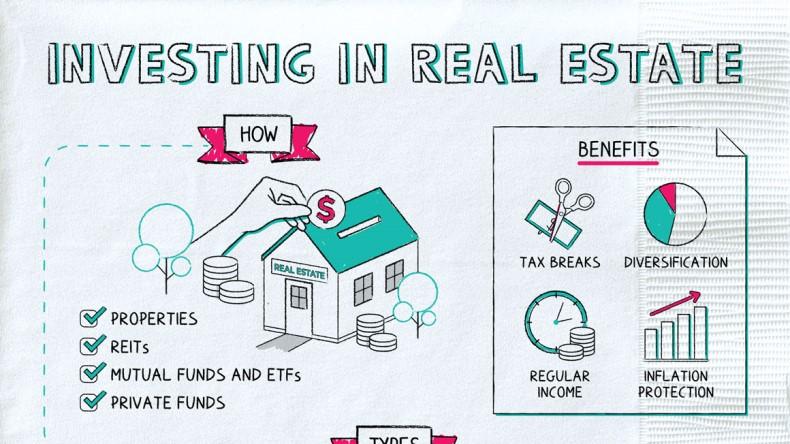
Real Estate Investment
Embarking on a journey towards financial freedom often leads many to consider avenues for growth, and investing in property stands out among the various options. is not just about purchasing a property; it revolves around creating wealth through strategic planning and management. Consider the following benefits that come with wise investments:
- Appreciation: Properties tend to increase in value over time, providing long-term gains.
- Cash Flow: Rental income from tenants can create a consistent revenue stream.
- Tax Advantages: Deductions, depreciation, and various tax benefits can enhance profitability.
- Diversification: Real estate offers a stable investment option that can balance out market risks.
When considering real estate as part of your debt-free strategy, it’s essential to assess both the financial and emotional aspects. Conduct thorough market research, evaluate property conditions, and analyze potential rental yields. Building a solid financial base through savings and minimizing debt will provide greater flexibility in your investment approach. You may find the following checklist helpful when preparing for your real estate journey:
| Checklist Item | Status |
|---|---|
| Set a Real Estate Budget | ✔️ |
| Research Local Markets | ✔️ |
| Connect with Real Estate Agents | ✔️ |
| Evaluate Investment Strategies | ✔️ |
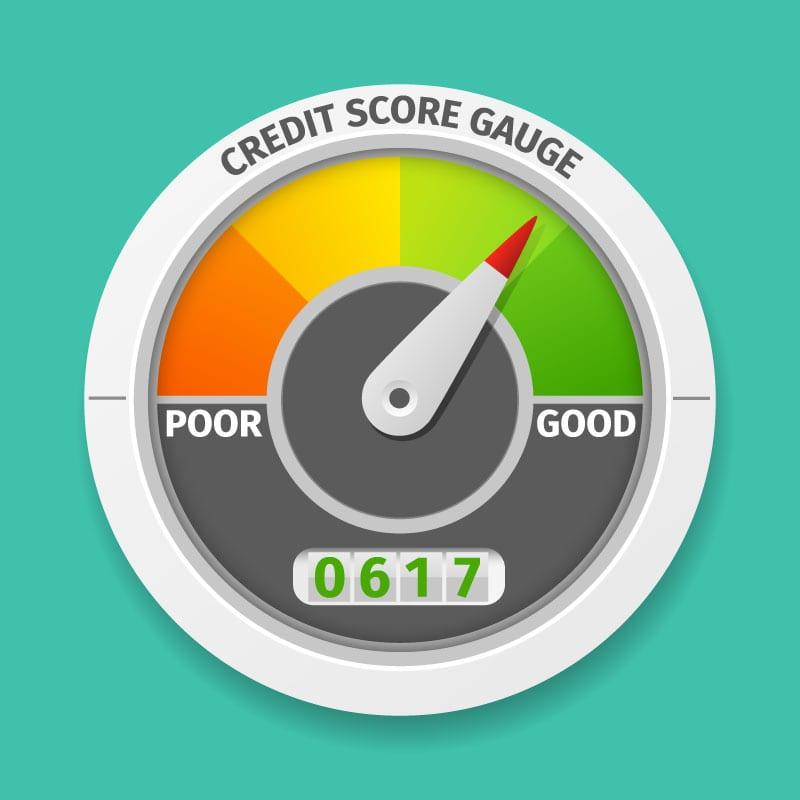
Credit Score Improvement
Improving your credit score is a pivotal step in your debt-free journey. A healthier credit score opens the doors to better loan options, lower interest rates, and increased financial confidence. Regularly reviewing your credit report is essential; it allows you to identify errors and rectify them in a timely manner. Here are some effective strategies to elevate your score:
- Make timely payments: Set up reminders or automate payments to avoid late fees.
- Reduce outstanding debt: Focus on paying down credit card balances and loans.
- Maintain low credit utilization: Aim to keep your credit utilization below 30% of your total available credit.
- Limit new credit inquiries: Avoid opening multiple new accounts at once.
To visualize the impact of these strategies, consider the following example that estimates potential score improvements through diligent financial practices:
| Action Taken | Estimated Score Change |
|---|---|
| Paying off credit card debt | +50 points |
| Making on-time payments for 6 months | +30 points |
| Reducing credit utilization to 20% | +40 points |
| Limiting new credit applications | +20 points |

Financial Independence
Achieving is a pivotal goal on the path to living a fulfilling, stress-free life. It begins with the fundamental principle of living within your means and making deliberate choices about spending. By focusing on savings and investment, it’s possible to create a buffer that shields you from financial insecurities. Key strategies to cultivate a strong financial foundation include:
- Budgeting: Track your income and expenses meticulously.
- Emergency Fund: Build at least three to six months’ worth of living expenses.
- Investing: Start small, but prioritize long-term growth through options like stocks and bonds.
As you navigate your debt-free journey, envision as not just a milestone but a lifestyle change. This mindset fosters a greater sense of control over your finances and the ability to make choices that align with your values. Embracing this transformation often involves reevaluating priorities and setting clear financial goals. Consider the following actionable steps:
| Action Step | Impact |
|---|---|
| Limit eating out | Save up to 30% on monthly food expenses |
| Automate savings | Ensure you contribute consistently to savings and investment accounts |
| Educate yourself | Gain confidence and knowledge in personal finance management |
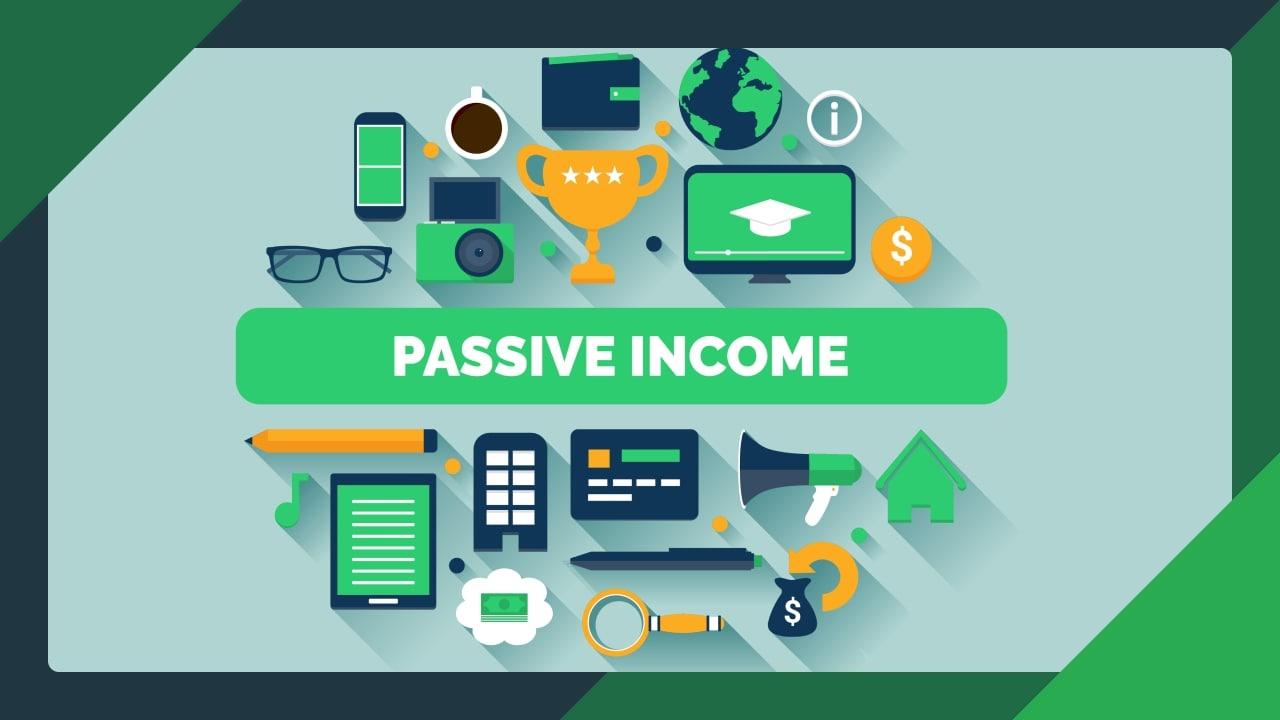
Passive Income Streams
Exploring avenues for generating passive income can significantly expedite your path to financial freedom. By engaging in different streams of income, you not only safeguard against market fluctuations but also build a sustainable financial future. Here are some of the most effective ways to cultivate such income:
- Real Estate Investments: Consider rental properties or REITs (Real Estate Investment Trusts) that provide regular returns without the hassle of managing physical properties.
- Dividend Stocks: Invest in companies that regularly distribute dividends; this can lead to a steady income stream while allowing your investment to appreciate.
- Peer-to-Peer Lending: Platforms allowing you to lend money directly to others can yield significant returns over time with the right interest rates.
- Digital Products: Create e-books, online courses, or stock photos. Once produced, these can generate ongoing sales without continuous input.
- Affiliate Marketing: By promoting products and earning a commission, you can monetize your social media presence or blog efficiently.
Additionally, you could explore unique opportunities that not only add to your income but also align with your passions. Some tried-and-true options include:
| Passive Income Source | Initial Effort | Long-term Gain |
|---|---|---|
| Print on Demand | Designing materials | Royalties from sales |
| Stock Photography | Taking and uploading images | Ongoing sales revenue |
| Blogging | Creating niche content | Ad revenue & sponsorship |
| YouTube Channel | Content creation | Ad shares & sponsorship |
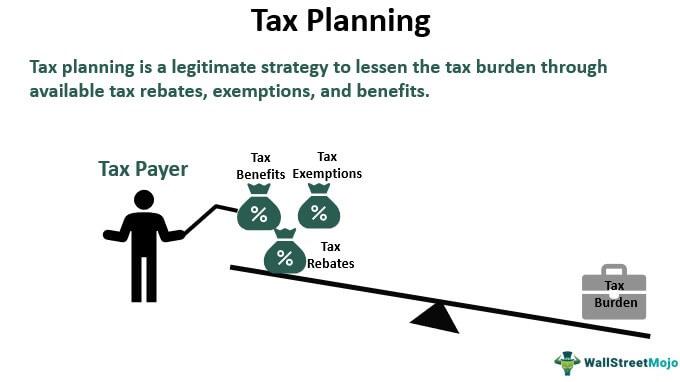
Tax Planning
Embarking on a journey to financial freedom requires more than just cutting expenses and clearing debts; it involves strategic that can optimize your wealth accumulation. Understanding the nuances of tax regulations can empower you to make informed decisions that align with your goals. Consider the following strategies:
- Maximize deductions: Keep track of all possible deductions, from business expenses to medical costs.
- Utilize tax-advantaged accounts: Contributions to IRAs or HSAs can reduce your taxable income.
- Leverage credits: Research and take advantage of available tax credits that can significantly lower your tax bill.
- Plan for capital gains: Be mindful of the timing of asset sales to minimize taxable gains.
It’s also crucial to stay organized and proactive. Creating an annual tax strategy can prevent surprises and ensure that you are making the most of your financial situation. Here’s a quick reference table to help you assess your current efforts:
| Strategy | Status | Action Needed |
|---|---|---|
| Maximize deductions | Underreview | Gather receipts |
| Tax-advantaged contributions | In progress | Review contribution limits |
| Utilizing tax credits | Identified | Complete applications |
| Capital gains planning | Not started | Consult an advisor |

Retirement Accounts (IRA, 401k)
Embarking on a journey toward financial freedom often leads to the consideration of retirement accounts, which play a crucial role in securing a comfortable future. Whether it’s an IRA or a 401k, understanding how these accounts work can significantly boost your retirement savings. By making consistent contributions, you can take advantage of the power of compounding interest. This can create a robust financial nest egg that not only supports you in your later years but also provides peace of mind as you progressively eliminate debt.
When choosing between different retirement accounts, it’s essential to evaluate their distinct advantages:
- Tax Advantages: Contribution to these accounts often provides tax deductions or tax-deferred growth.
- Employer Matching: Many employers contribute a matching percentage in 401k plans, giving you extra savings without additional costs.
- Investment Options: A variety of investment opportunities in both IRAs and 401k accounts allow for personalized growth strategies.
| Account Type | Contribution Limits | Tax Treatment |
|---|---|---|
| Traditional IRA | $6,500 (under age 50) | Tax-deferred |
| Roth IRA | $6,500 (under age 50) | Tax-free growth |
| 401k | $22,500 (under age 50) | Tax-deferred |
Incorporating these accounts into your financial plan can accelerate your debt-free journey. By prioritizing retirement savings while managing debt strategically, you set yourself up for long-term success. Crafting a balanced approach ensures you’re not just eliminating debt but also building a strong foundation for your golden years.

Financial Planning for Families
Embarking on a journey towards financial stability is essential for families aiming to cultivate a secure future. To begin, it’s crucial to establish a comprehensive plan that prioritizes debt elimination. A well-defined budget acts as a roadmap, helping families track income and expenses effectively. By following these steps, you can create a sustainable financial spiral:
- Assess your current debt situation: List all debts, including interest rates and monthly payments.
- Create a realistic budget: Allocate funds to cover essential living expenses and identify areas where you can cut back.
- Set achievable goals: Break down your debt repayment into manageable milestones.
- Explore additional income opportunities: Consider side jobs or freelance work to accelerate debt repayment.
Families can also benefit from understanding the impact of their spending habits. By building an emergency fund, you can avoid accumulating further debt due to unexpected expenses. Here’s a simple table to illustrate the importance of saving:
| Expense Type | Estimated Monthly Cost | Emergency Fund Contribution |
|---|---|---|
| Healthcare | $300 | $50 |
| Repairs | $200 | $30 |
| Unexpected Travel | $150 | $20 |
By consciously planning and monitoring these financial aspects, families can considerably enhance their chances of enjoying a debt-free existence, allowing them to focus on building memories rather than finances.
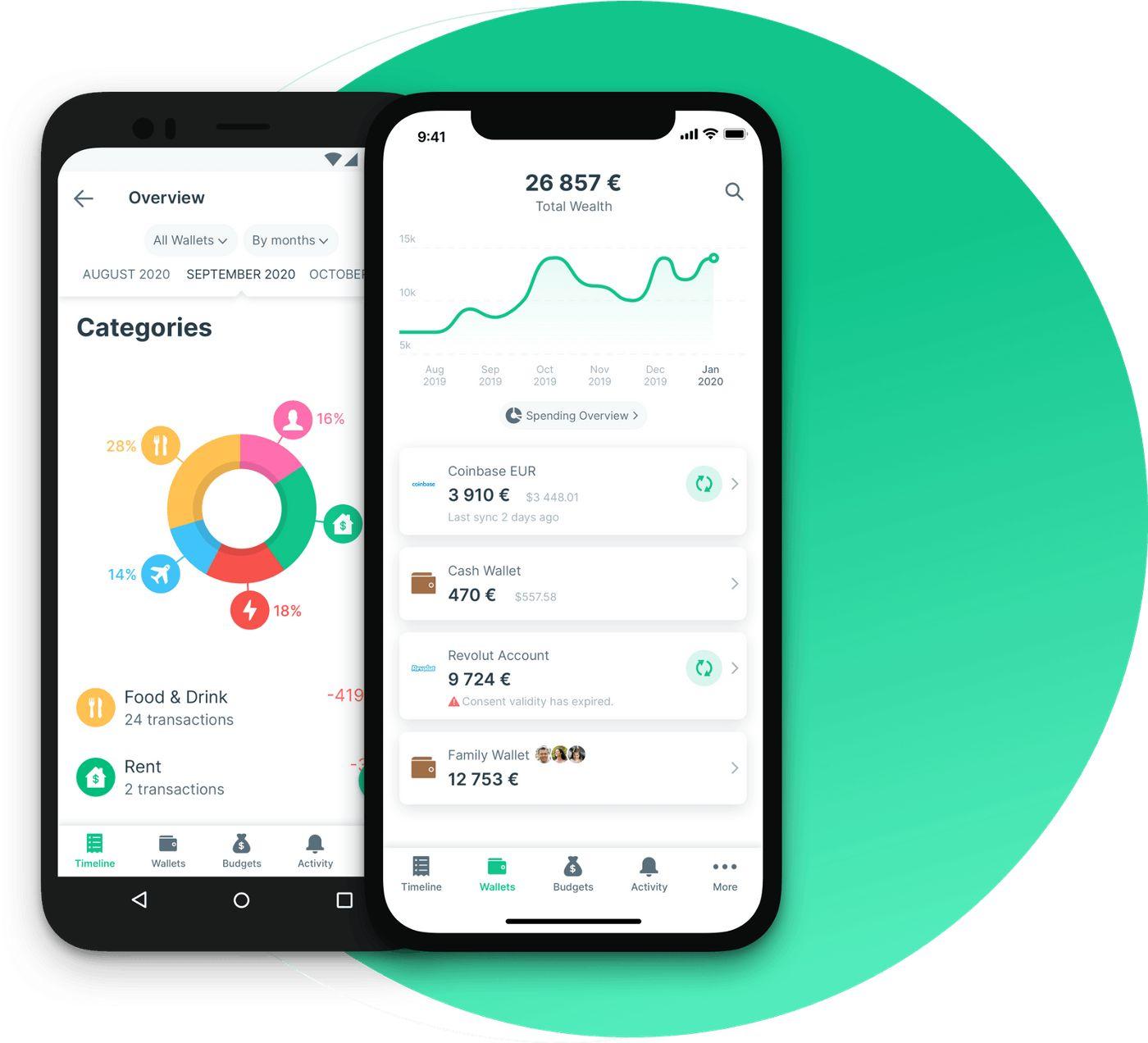
Personal Finance Apps
Embracing a debt-free journey means leveraging the right tools to manage your finances effectively. have emerged as indispensable companions that facilitate budgeting, tracking expenses, and monitoring your debt repayment progress. With intuitive interfaces and diverse features, these apps can transform the way you approach your financial health. Consider exploring options like:
- Mint: A free budgeting tool that aggregates all your accounts and categorizes expenses for clearer insights.
- YNAB (You Need A Budget): A proactive budgeting app that focuses on giving every dollar a job, helping to prioritize financial goals.
- EveryDollar: A simple budget planner that makes it easy to track your spending and stick to your monthly plan.
In addition to budgeting apps, debt management tools can provide essential support in your quest for financial freedom. By analyzing your spending habits and creating tailored repayment strategies, these apps can motivate you to stay on track. Some notable debt-focused applications include:
| App Name | Key Feature |
|---|---|
| Debt Payoff Planner | Allows you to visualize your debt repayment timeline and set realistic goals. |
| Tally | Consolidates your credit card debt and automates payments to save on interest. |
| Undebt.it | Helping you create a customized repayment plan based on your financial situation. |
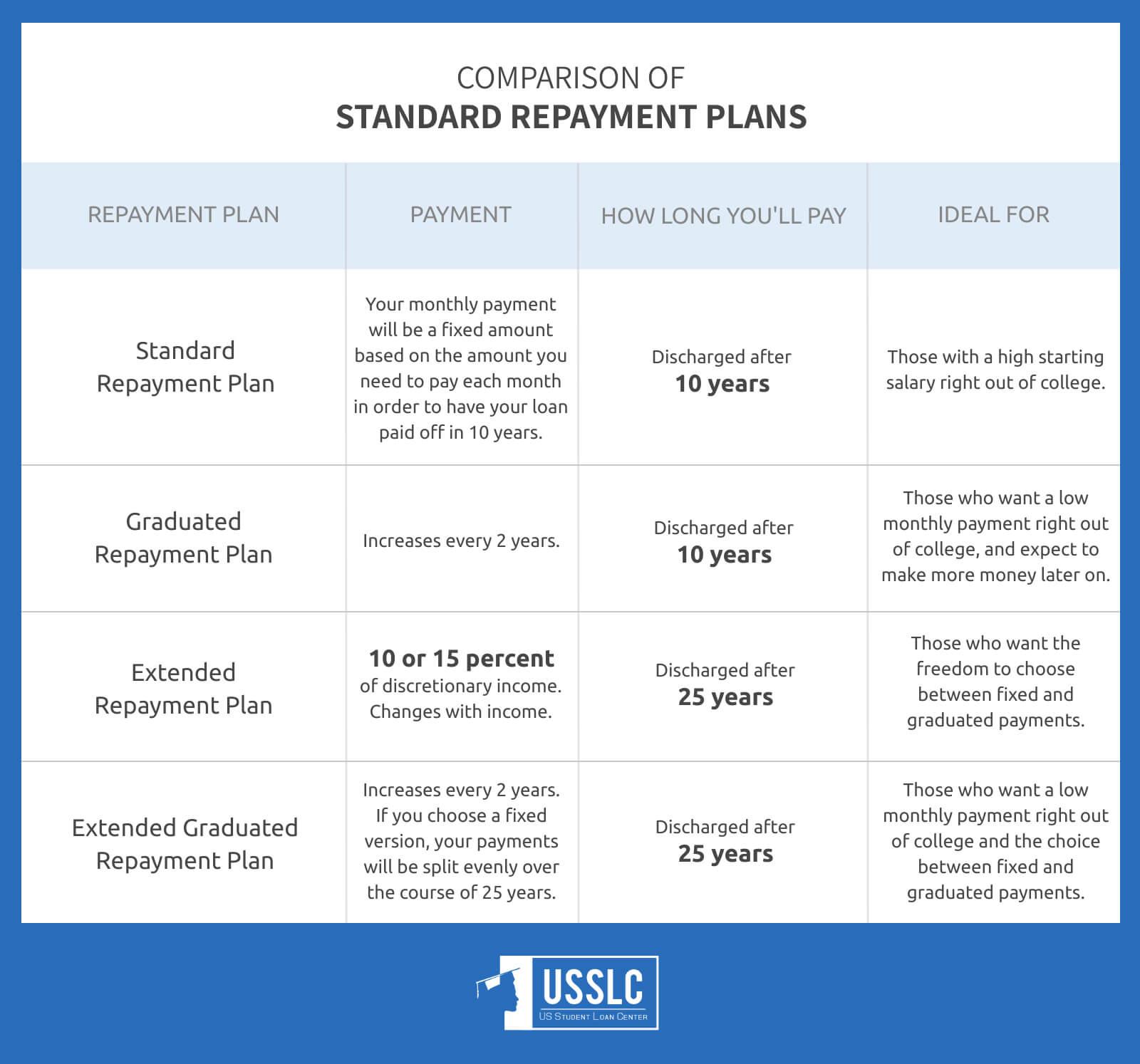
Student Loan Repayment
Embarking on the path to becoming debt-free requires a strategic approach to managing student loans. To start, understanding your loan details is crucial. Know whether you have federal or private loans, the interest rates, and repayment terms. A clear picture of your financial obligations allows you to prioritize payments and consider options such as income-driven repayment plans or loan consolidation. Establish a budget that incorporates these payments, ensuring you allocate enough to meet the minimum requirements while exploring additional payments to chip away at your principal balance.
Consider employing effective repayment strategies to accelerate your journey. Here are some techniques to consider:
- Snowball Method: Pay off your smallest loans first to build momentum.
- Avalanche Method: Target loans with the highest interest rates to save on interest over time.
- Refinancing: Look for lower interest rates to reduce your monthly payments or consolidate multiple loans into one.
Additionally, setting up an automated payment schedule may help you avoid missed payments and late fees, further supporting your quest for financial freedom. Below is a simple comparison of these methods:
| Method | Focus | Pros | Cons |
|---|---|---|---|
| Snowball | Smallest debts first | Quick wins | May cost more in interest |
| Avalanche | Highest interest first | Saves on interest | Can feel slow |
| Refinancing | Lower overall interest | Reduced monthly payments | May lose benefits |
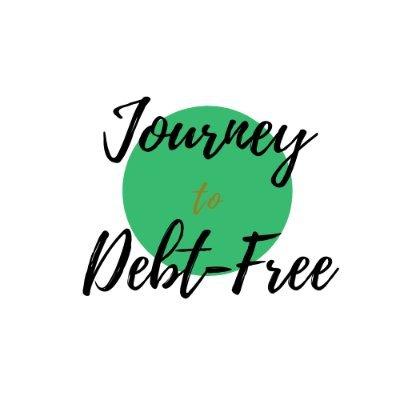
Debt-Free Journey
Embarking on a journey to financial freedom is both a transformative and empowering experience. It begins with acknowledging the weight of debt and the toll it can take on overall well-being. By implementing effective strategies, individuals can take control of their finances and pave the way towards a brighter future. Here are a few key steps to consider:
- Assess Your Current Situation: List all debts, including balances, interest rates, and minimum payments.
- Create a Budget: Allocate your income towards essentials while setting aside funds for debt repayment.
- Choose a Repayment Strategy: Consider methods like the snowball or avalanche approach to tackle debts effectively.
As you progress through this journey, it’s essential to remain motivated and celebrate small victories. Tracking your progress not only boosts morale but also helps in adjusting your strategies as needed. Consider the following milestones as markers to stay focused:
| Milestone | Description |
|---|---|
| First Payment | Celebrate making your first extra payment towards debt. |
| Quarterly Review | Assess progress every three months and adjust goals as necessary. |
| Halfway Point | Recognize reaching the halfway mark in repayment. |

Credit Card Management
Managing credit cards effectively is essential for anyone on a journey towards financial freedom. To keep your spending in check and avoid falling into debt, consider adopting the following practices:
- Set a Budget: Determine how much you can afford to spend on your credit card each month without exceeding your means.
- Track Your Spending: Use budgeting apps or spreadsheets to monitor your charges and ensure you stay within your budget.
- Pay On Time: Always aim to pay your bill before the due date to avoid late fees and interest charges.
- Limit Your Cards: Reducing the number of credit cards you use can simplify your management and reduce temptation.
Furthermore, reward yourself for good credit habits. Create a system that balances using your card for necessary purchases while also incentivizing debt reduction. Keep an eye on your credit utilization ratio, ideally aiming to maintain it below 30%. Here’s a quick glance at the potential impact of different utilization levels:
| Credit Utilization Percentage | Potential Impact on Credit Score |
|---|---|
| 0% – 10% | Excellent |
| 10% – 30% | Good |
| 30% – 50% | Fair |
| Above 50% | Poor |
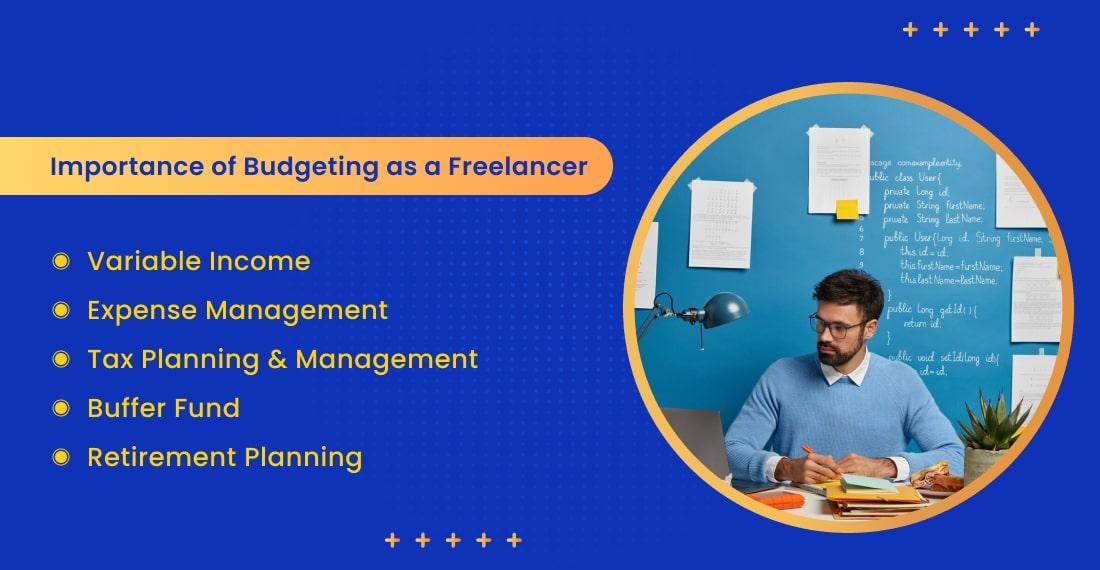
Budgeting for Freelancers
Freelancing comes with a unique set of challenges when it comes to managing finances, making it essential to establish a solid budgeting strategy. One effective approach is to track your income and expenses meticulously. This can be achieved by utilizing various tools such as spreadsheets, budgeting apps, or even simple pen and paper. Here are some key components to include in your budget:
- Fixed Expenses: Rent, utilities, and subscriptions.
- Variable Expenses: Food, transportation, and entertainment.
- Investment in Tools: Software subscriptions, equipment upgrades, etc.
- Emergency Fund: Aim to save at least three to six months of expenses.
After setting a foundational budget, it’s crucial to be flexible and revisit your financial plan regularly. The nature of freelance work can lead to unpredictable income, so adopting a percentage-based budgeting system may serve you well. Consider allocating your income following the percentages below to achieve a balanced financial life:
| Category | Allocation (%) |
|---|---|
| Essentials | 50% |
| Savings & Investments | 30% |
| Discretionary Spending | 20% |
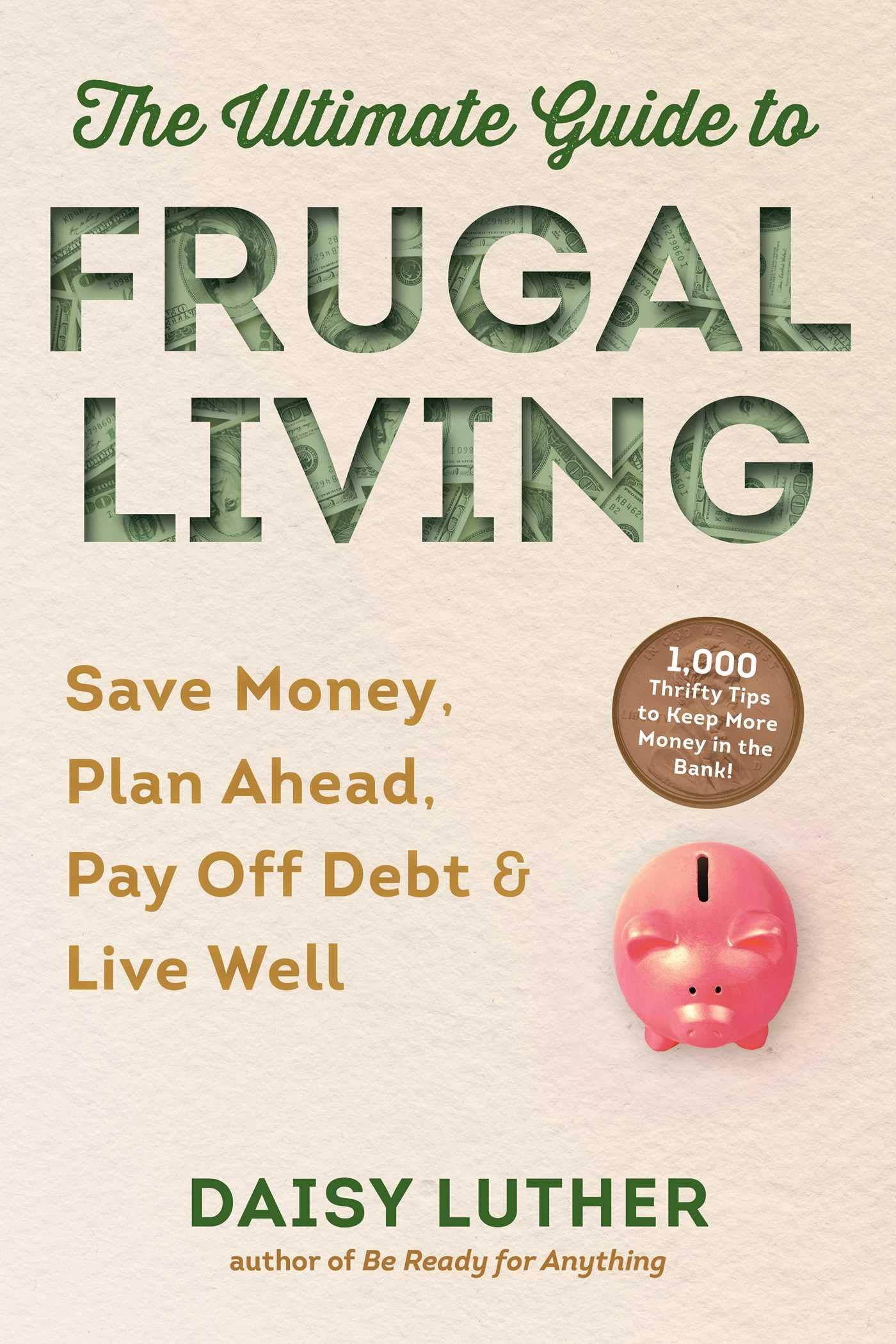
Frugal Living Tips
Embracing frugality is an empowering way to enhance your financial freedom, particularly on your journey to living debt-free. Start by analyzing your expenses to identify unnecessary indulgences. Track your spending habits for a month and categorize them to see where you can cut back. Here are some key strategies to consider:
- Cook at home instead of dining out.
- Cancel unused subscriptions and memberships.
- Buy in bulk to save on essentials.
- Use public transportation or carpool to save on gas.
- Shop sales and use coupons for groceries and household items.
Additionally, re-evaluate your shopping habits to make wiser choices. Before making a purchase, ask yourself whether it’s a need or a want. Implementing the 30-day rule can significantly reduce impulse buying: if you still want it after 30 days, then consider purchasing it. To better visualize your savings from these changes, you might find it helpful to maintain a simple table:
| Expense Category | Monthly Spending | Reduced Spending | Savings |
|---|---|---|---|
| Dining Out | $200 | $50 | $150 |
| Subscriptions | $100 | $0 | $100 |
| Groceries | $300 | $200 | $100 |

Side Hustles for Extra Income
Embarking on a journey to financial freedom often involves finding innovative ways to supplement your income. Side projects not only provide extra cash flow but also cultivate new skills that might lead to unforeseen opportunities. Consider diving into freelancing – platforms like Fiverr or Upwork allow you to monetize your skills in writing, graphic design, or programming. Alternatively, online tutoring can be a rewarding way to share your expertise while earning extra dollars. The beauty of these avenues is their flexibility, allowing you to work around your existing commitments.
Another engaging option is reselling. Use your keen eye to source products at thrift stores or garage sales and list them on platforms like eBay or Poshmark. Additionally, turning a hobby into a profit can be incredibly fulfilling. Whether it’s crafting handmade jewelry, baking delicious treats, or creating digital art, there’s an audience out there willing to pay for your passion. To help you visualize the possibilities, here’s a quick table of ideas that could inspire your next move:
| Side Hustle Idea | Description | Platforms |
|---|---|---|
| Freelancing | Offering services based on your skills. | Fiverr, Upwork |
| Online Tutoring | Teaching others in subjects you excel in. | VIPKid, Tutor.com |
| Reselling | Flipping thrift store finds online. | eBay, Poshmark |
| Crafting | Creating handmade products to sell. | Etsy |

Financial Literacy Education
Embarking on a debt-free journey is akin to setting sail on a vast ocean of financial literacy. The waves of credit cards, loans, and unexpected expenses can be daunting, yet mastering key principles can steer you towards safe shores. Here are some essential concepts to guide your voyage:
- Budgeting: Create a realistic budget that addresses your income and expenses.
- Saving: Prioritize a savings plan to secure funds for emergencies.
- Investing: Learn to invest wisely to grow your wealth over time.
- Debt Management: Develop a strategy for paying off debt systematically.
Understanding these principles is just the beginning; applying them consistently is what truly makes the difference. Regularly reviewing your financial status helps you stay on track, ensuring you’re not only aware of your current standing but also prepared for future opportunities. A helpful way to visualize your progress is adding a simple debt repayment table:
| Debt Type | Amount Owed | Monthly Payment | Time to Pay Off |
|---|---|---|---|
| Credit Card | $5,000 | $200 | 25 months |
| Personal Loan | $10,000 | $300 | 34 months |
| Car Loan | $15,000 | $400 | 40 months |

Insurance Planning
When embarking on your journey to financial freedom, it’s crucial to prioritize as a cornerstone of your debt-free strategy. Understanding various insurance options can safeguard your assets against unforeseen circumstances. Consider integrating the following types of insurance into your financial plan:
- Health Insurance: Protects against medical costs, ensuring that unexpected expenses do not derail your financial goals.
- Life Insurance: Offers security for your loved ones, covering debts and providing financial stability in your absence.
- Property Insurance: Safeguards your home and personal belongings, preventing significant financial losses due to theft or damage.
Moreover, effective involves regularly reviewing your policies to adjust coverage based on your evolving needs. Here’s a simple table to illustrate how often you should evaluate your insurance:
| Insurance Type | Review Frequency |
|---|---|
| Health Insurance | Annually or During Open Enrollment |
| Life Insurance | Every 3-5 Years or After Major Life Changes |
| Property Insurance | Every Year |

Long-Term Wealth Building
Embarking on a journey to financial freedom involves more than simply eliminating debt; it paves the way for building sustainable wealth over time. As you transition to a debt-free lifestyle, it’s essential to focus on strategies that will help you grow your financial portfolio. Consider these important approaches:
- Emergency Fund: Prioritize creating a safety net that covers 3-6 months of living expenses, providing peace of mind in unforeseen circumstances.
- Investing Early: Take advantage of compound interest by investing early. Start with retirement accounts, such as a 401(k) or IRAs.
- Diversification: Spread your investments across various asset classes to mitigate risks, including stocks, bonds, and real estate.
Moreover, understanding your long-term financial goals is crucial to this process. By setting clear objectives, you can systematically track your progress and adjust your strategies as needed. A simple representation of how you can allocate your financial resources might look like this:
| Goal | % of Income Allocated |
|---|---|
| Emergency Fund | 20% |
| Retirement Savings | 15% |
| Investments | 10% |
| Debt Repayment | 30% |
| Daily Living Expenses | 25% |

Saving for College
Charting a path toward education savings can feel daunting, but with dedication and strategy, you can build a robust college fund. Begin by setting clear financial goals. Consider the type of college your child might attend and estimate costs accordingly. Break these goals down into manageable monthly savings targets. For instance:
- Start a 529 college savings plan.
- Contribute a set amount each month based on your budget.
- Research scholarships and grants that could offset costs.
Additionally, automating your savings can ensure consistency. Set up automatic transfers from your checking account to your savings fund; this method encourages discipline. Make it a family affair by engaging your children in discussions about their educational aspirations and involving them in setting aside funds from gifts or allowances. Below is a simple example of how contributions can grow over time:
| Year | Monthly Savings | Total Savings |
|---|---|---|
| 1 | $200 | $2,400 |
| 5 | $200 | $12,000 |
| 10 | $200 | $24,000 |

Estate Planning
As you navigate your journey to being debt-free, it’s crucial to consider the importance of planning for your estate. Achieving financial freedom not only relieves you of monetary burdens but also enables you to build a legacy. Thoughtful ensures that your hard-earned assets are passed on to your loved ones, free from disputes and uncertainties. Here are some fundamental elements to include in your plan:
- Will: Clearly outline your wishes and designate beneficiaries.
- Trust: Consider a trust to manage your assets efficiently and minimize taxes.
- Power of Attorney: Appoint someone to make financial decisions on your behalf if you’re unable.
- Healthcare Directive: Specify your medical treatment preferences in case of incapacitation.
It’s essential to regularly review and update your estate plan, especially after significant life changes, such as marriage, the birth of a child, or major financial shifts. Maintaining clarity around your wishes not only protects your loved ones but also fosters a sense of peace as you continue your pursuit of a debt-free life. Below is a simplified comparison table that illustrates key components of an estate plan:
| Document | Purpose | Benefit |
|---|---|---|
| Will | Distribute assets after death | Administrative efficiency |
| Trust | Manage assets during and after life | Tax benefits |
| Power of Attorney | Make decisions on your behalf | Prevent legal complications |
| Healthcare Directive | Outline medical decisions | Ensure personal wishes are honored |

Financial Goals Setting
Setting financial goals is an essential part of your journey toward becoming debt-free. By clearly defining what you want to achieve, you can create a roadmap to guide your efforts. Start by identifying these key objectives:
- Establish an Emergency Fund: Aim to save at least 3-6 months’ worth of expenses.
- Pay Off High-Interest Debt First: Prioritize debts with the highest interest rates to save money in the long run.
- Create a Realistic Budget: Allocate funds for necessary expenses while allowing for discretionary spending.
- Set a Timeframe for Each Goal: Determine when you want to achieve each objective for better motivation.
To visualize your progress, consider creating a financial goals tracker that breaks down your objectives into manageable steps. Below is a simple table to help you organize your goals:
| Goal | Timeframe | Status |
|---|---|---|
| Emergency Fund | 6 months | In Progress |
| Pay Off Credit Card Debt | 12 months | Not Started |
| Increase Savings By 10% | 3 months | Completed |
By routinely reviewing and adjusting your goals, you will remain focused and motivated on your debt-free journey. Remember, achieving these milestones not only provides profound financial peace but also empowers you to make future investments and save for your dreams.

Money Management for Couples
Embarking on a debt-free journey as a couple requires both partners to align their financial goals and manage their money collaboratively. To achieve this, consider the following strategies:
- Open Communication: Regularly discuss your financial situation, spending habits, and savings goals to ensure transparency.
- Create a Joint Budget: Work together to create a budget that reflects both incomes, shared expenses, and individual allowances.
- Set Shared Goals: Define short-term and long-term financial goals, such as saving for a vacation, an emergency fund, or a down payment for a house.
In addition to these strategies, it’s essential to monitor progress and celebrate milestones along the way. Tracking your debt reduction can be motivating and encourage continued discipline. Consider organizing your debts in a simple overview:
| Debt Type | Total Amount | Monthly Payment | Remaining Balance |
|---|---|---|---|
| Credit Card | $5,000 | $200 | $3,000 |
| Personal Loan | $10,000 | $300 | $7,000 |
| Student Loan | $15,000 | $150 | $10,000 |
This approach not only makes it easier to visualize your collective progress but also fosters teamwork and accountability, essential components for maintaining financial health as a couple.

Family Budgeting
When embarking on a debt-free journey, implementing a solid budgeting plan for the family is essential. A successful budget not only helps you track your expenses but also enables you to allocate funds towards paying off existing debts. Start by categorizing your household expenditures into fixed and variable costs. Fixed costs encompass items such as mortgages, utilities, and insurance, while variable costs include groceries, entertainment, and education. By understanding where your money goes, you can identify areas for potential savings that can be redirected toward debt repayments.
To create a sustainable budget, consider the following strategies:
- Set a monthly spending limit for each category.
- Track expenses regularly to ensure adherence to the budget.
- Prioritize debt repayment in your financial goals.
- Involve the entire family in budgeting discussions to foster teamwork.
- Adjust your budget as necessary based on changing circumstances.
Additionally, you might find it helpful to use a simple table to outline your monthly budget. Here’s a sample layout:
| Category | Budgeted Amount | Actual Amount |
|---|---|---|
| Housing | $1,500 | $1,500 |
| Groceries | $600 | $550 |
| Utilities | $200 | $220 |
| Debt Payments | $400 | $400 |
| Entertainment | $150 | $100 |

Smart Spending Habits
Adopting prudent financial practices can significantly bolster your progress towards financial freedom. Start by identifying your essential needs versus wants. This distinction will allow you to prioritize expenses efficiently. Consider implementing the following strategies to cultivate better spending habits:
- Create a Monthly Budget: Track your income and allocate funds accordingly.
- Automate Savings: Set up automatic transfers to your savings account right after payday.
- Limit Impulse Buys: Use the 24-hour rule. If you’re tempted by a non-essential purchase, wait a day to decide if it’s still necessary.
Another effective approach is to embrace mindful shopping. Before making a purchase, assess its necessity and long-term value. Consider using the following table as a guide to evaluate potential purchases:
| Item | Necessity (Yes/No) | Long-term Value (1-5) |
|---|---|---|
| Coffee Maker | Yes | 4 |
| Designer Handbag | No | 2 |
| Fitness Tracker | Yes | 5 |
By consciously evaluating your spending habits and making informed financial choices, you can steer your journey towards a life free from debt and full of opportunities.

Personal Finance for Millennials
Embarking on a debt-free journey requires a strategic approach and steadfast commitment. Understanding your financial landscape is crucial; start by listing all debts, including credit cards, student loans, and personal loans. This transparency allows you to prioritize effectively. Consider the following steps:
- Create a budget: Track your income and expenses to identify areas for savings.
- Use the snowball method: Pay off smaller debts first to build momentum.
- Negotiate interest rates: Contact lenders to seek lower rates, potentially saving hundreds.
Moreover, setting clear milestones can motivate you to stay on course. Visualizing your progress can be especially powerful. Consider using a simple table to track your debts and payments over time:
| Debt Type | Total Amount | Paid Off | Remaining Balance |
|---|---|---|---|
| Credit Card | $5,000 | $2,000 | $3,000 |
| Student Loan | $20,000 | $5,000 | $15,000 |
| Personal Loan | $10,000 | $3,000 | $7,000 |
By methodically attacking each debt and celebrating small victories, you can foster a positive mindset that keeps you engaged in your financial goals. Each payment made is not just a subtraction from your balance; it’s a step towards a future free from financial burdens.

Wealth Preservation Strategies
As individuals embark on a journey towards financial freedom, it’s essential to adopt strategies that not only facilitate debt elimination but also safeguard wealth. One effective approach is to diversify investments. By distributing assets across various sectors—such as real estate, stocks, and precious metals—individuals can mitigate risk and enhance their portfolio’s resilience against market fluctuations. Additionally, incorporating emergency funds into financial plans can provide peace of mind. These reserves serve as a buffer in times of unexpected expenses, helping maintain stability without resorting to debt accumulation.
Another critical tactic involves optimizing tax strategies. Utilizing tax-advantaged accounts such as IRAs and 401(k)s can significantly reduce current taxable income while bolstering long-term savings. Moreover, regularly reviewing insurance coverage is pivotal; ensuring adequate protection against unforeseen events sustains wealth and prevents financial setbacks. To better visualize these strategies, the following table outlines key considerations:
| Strategy | Description |
|---|---|
| Diversification | Spreading investments across different asset classes. |
| Emergency Fund | A safety net for unexpected expenses. |
| Tax Optimization | Utilizing tax-advantaged accounts to maximize savings. |
| Insurance Review | Regularly updating coverage to protect assets. |
Wrapping Up
As we wrap up this exploration of the debt-free journey, it’s clear that this path is not merely a financial endeavor, but a transformative experience that shapes one’s mindset and future. Each step taken, each choice made, brings the promise of freedom and the possibility of a life unburdened by financial chains. Whether you embrace the challenge of budgeting, the discipline of saving, or the empowerment of seeking education, remember that the journey is uniquely yours. It may be fraught with obstacles, but each hurdle can become a stepping stone toward greater financial wisdom and resilience. As you venture forth, let your motivations guide you, your victories inspire you, and your community support you. Here’s to not just dreaming of a debt-free life, but to actively building it—one thoughtful decision at a time. The road ahead might be long, but with patience and perseverance, the destination can be a place of financial peace and newfound possibilities. Safe travels on your journey!



